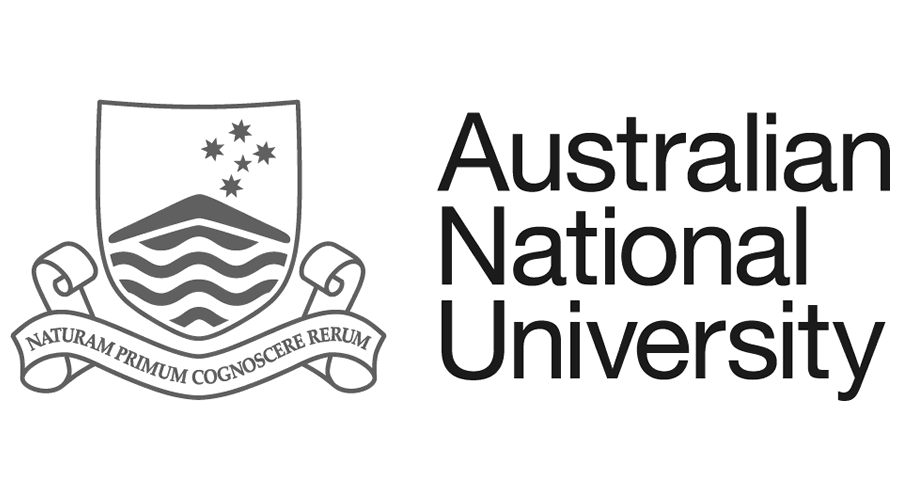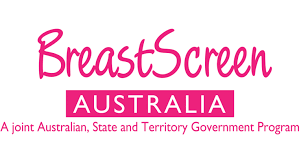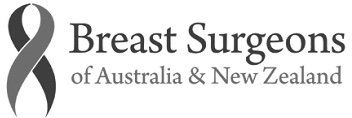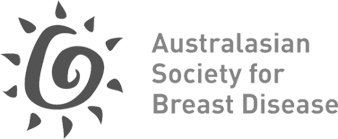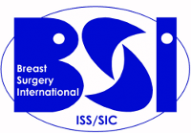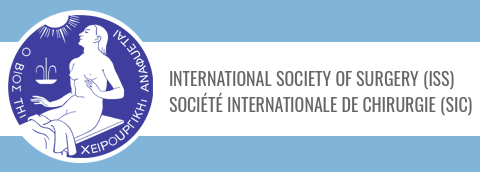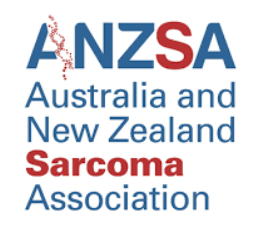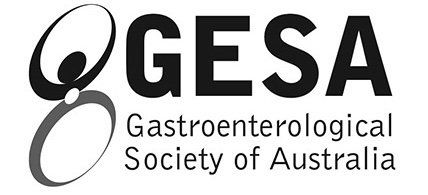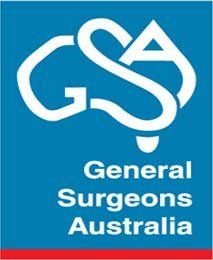Non Surgical Treatment for Breast Cancer
Radiotherapy
What is radiotherapy?
Radiotherapy (also known as radiation therapy) is a treatment that uses radiation to kill cancer cells. The radiation is usually in the form of focused x-ray beams.
Radiotherapy works because cancer cells are more sensitive to radiation than normal cells. If a small dose of radiation is given each day over several weeks, normal cells can recover from radiation but cancer cells are less able to recover.
When is radiotherapy given?
Radiotherapy is given after surgery to reduce the risk of cancer returning in the breast, chest area or lymph nodes. It is usually started within 6 weeks of surgery. If you are having chemotherapy after surgery, radiotherapy is given after chemotherapy (within 4 weeks).
How is radiotherapy given?
External beam radiation therapy is used for breast cancer treatment. Radiation beams from a large machine called a linear accelerator are precisely aimed at the area of the body where the cancer is located. You will lie on a treatment table underneath a machine that moves around your body. You won’t see or feel the radiation, although the machine can make noises as it moves.
How long does radiotherapy last?
Radiotherapy for breast cancer usually lasts 3 to 6 weeks. Treatment is given daily from Monday to Friday. Each treatment session can last for 30 minutes - treatment takes about 5 minutes but setting up the machine can take 10 to 15 minutes.
What are the side effects of radiotherapy?
During Treatment
- Skin reddening and irritation
- Aches and pains in the breast
- Hair loss in treated armpit region
- Fatigue
After Treatment
- Breast swelling
- Increased breast firmness
- Skin changes, including prominent blood vessels
- Lymphoedema
- Lung inflammation and scarring
- Rib fracture
- Damage to heart
- Radiation induced cancers
Endocrine Therapy
What is Endocrine Therapy?
Endocrine therapy (also known as hormone therapy or hormone-blocking therapy) is used to treat breast cancers that are hormone receptor positive.
Around 70 to 80% of breast cancers are hormone receptor positive. These cancers have receptors for the female hormones oestrogen and/or progesterone on the inside of the cancer cells and are stimulated to grow by these hormones.
Endocrine therapy works by ‘starving’ cancer cells of oestrogen that make them grow. This lowers the risk of breast cancer returning or a new breast cancer developing in the treated breast or in the other breast.
Endocrine therapy may be recommended after other breast cancer treatments like surgery, chemotherapy or radiotherapy have been completed. Sometimes it is used to shrink breast cancer before surgery (neoadjuvant endocrine treatment).
There are several different types of endocrine therapy. The choice will depend on the type of breast cancer you have and whether you have reached menopause.
Tamoxifen
Tamoxifen works by stopping cancer cells from responding to oestrogen. It is taken as a tablet once a day for 5 to 10 years. Tamoxifen can be given to premenopausal and postmenopausal women and men.
Side Effects
Common
- Hot flushes and sweats
- Irregular vaginal bleeding in premenopausal women
- Vaginal irritation, dryness or discharge
- Fluid retention and weight gain
Uncommon
- Light-headedness, dizziness, headache
- Fatigue
- Rash
- Nausea
- Depression or mood swings
Rare
- Blood clots in the veins in the legs or lungs
- Cancer of the endometrium
- Eye problems
- Hair thinning
- Changes to the liver
- Changes in memory and thinking
Aromatase Inhibitor
Aromatase inhibitors reduce the amount of oestrogen made by the body. They are recommended only for postmenopausal women. The 3 aromatase inhibitors are anastrozole (Arimidex), exemestane (Aromasin) and letrozole (Femara). They are taken daily as a tablet, usually for 5 to 10 years.
Side Effects
Common
- Muscle aches and pains
- Hot flushes
- Vaginal dryness
Uncommon
- Reduced sex drive
- Osteoporosis
- Difficulty sleeping
- Fatigue
Targeted Therapy
What is Targeted Therapy?
Targeted therapy uses drugs that work in a different way to chemotherapy drugs. While chemotherapy destroys all rapidly dividing cells, targeted therapy attacks specific targets inside cancer cells.
The most widely used targeted therapy for breast cancer is trastuzumab (Herceptin).
Other targeted therapies include:
- Pertuzumab (Perjeta)
- Ribociclib (Kisqali)
- Transtuzumab emtansine (Kadcyla)





